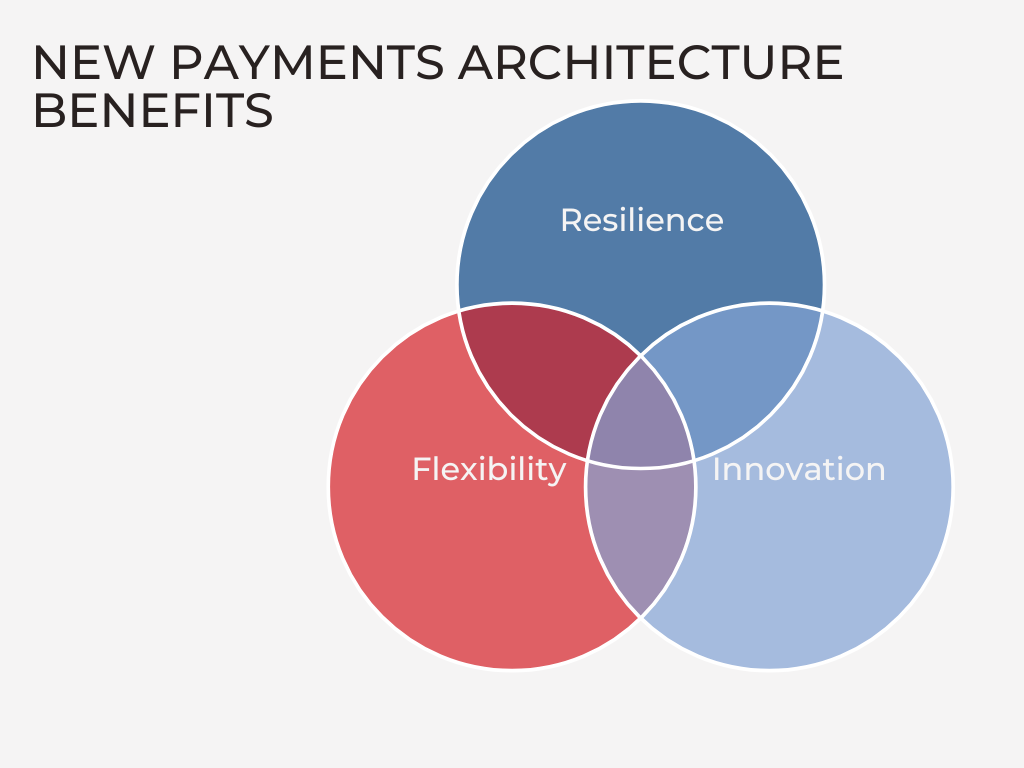The New Payments Architecture
The UK is one of the biggest leaders in retail interbank payments. It is important that payment systems run smoothly and efficiently as they are a key part of everyday life for businesses and consumers. According to Pay.UK, these systems processed a record 9.5 billion transactions in 2020. However, today’s business environment and technology are fast-moving and payment volumes are massively increasing. Thus, resilience, innovation and improved flexibility and security at all times are vital.
As the market for digital payments grows, the infrastructure that supports it must evolve as well. The New Payments Architecture (NPA) is the UK’s new industry program of effortlessly organising payments between banks and is designed to serve the needs of both businesses and consumers.
The NPA is driven by the Payment System Regulator (PSR) and is originated by the Payments Strategy Forum (PSF). One of the big changes that the NPA brings is the end of the Banker’s Automated Clearing Systems (BACS) three day clearing cycle. Bacs and Faster Payments will be replaced by a new credit transfer instrument which will clear in real time and will use the ISO 20022 file format.
Some of the other services of the New Payment Architecture include: Instant Payment, Same Day Payment, Multi-payment, Bulk payment and Multi-day bulk payment.
The retail payment infrastructure’s modernisation will provide numerous benefits, such as higher security, data enrichment, agility, and new revenue streams. With the current digitalisation of the payment industry, boosted innovation is crucial. Technological advancement will also empower the development of new digital overlay services connected to a single payments infrastructure.

When it comes to the implementation timeline for the NPA, in February 2022, UK Faster Payments participants need to submit documentation to Pay.UK explaining how they plan to comply with the NPA. In April 2023, the NPA certification testing window opens for all interested financial institutions and mid 2024 the NPA scheme plans to go live.
To conclude, the execution of the New Payment Architecture is essential for the UK’s payment industry. The new program will not only make a big difference in payment systems, but it will also deliver major long-term benefits for the economy. By adapting to ISO 20022, resilience, improved flexibility, enhanced data collection and boosted innovation are granted.
About the Author
Alina Todorova is a Business Analyst at Caxton.
